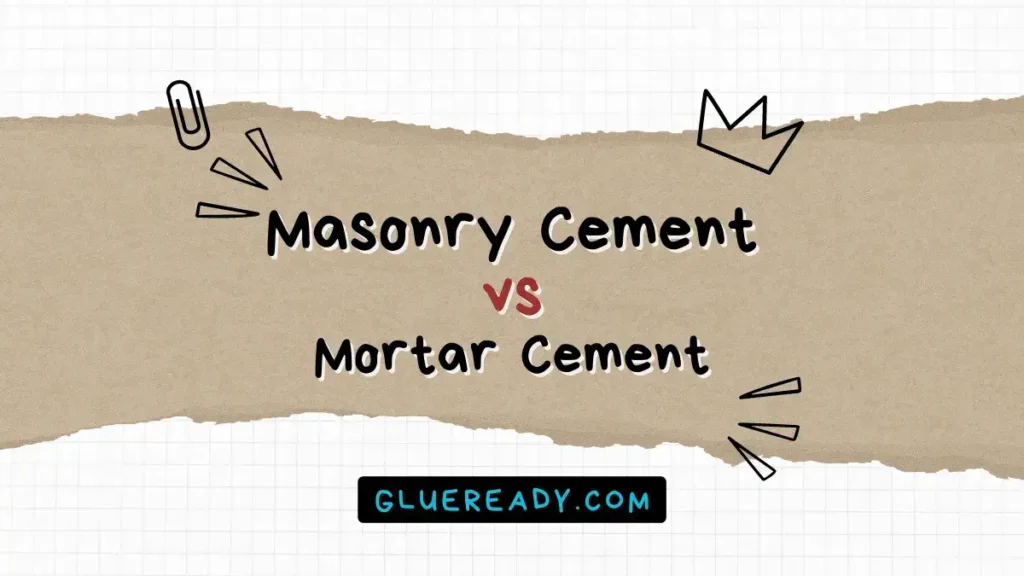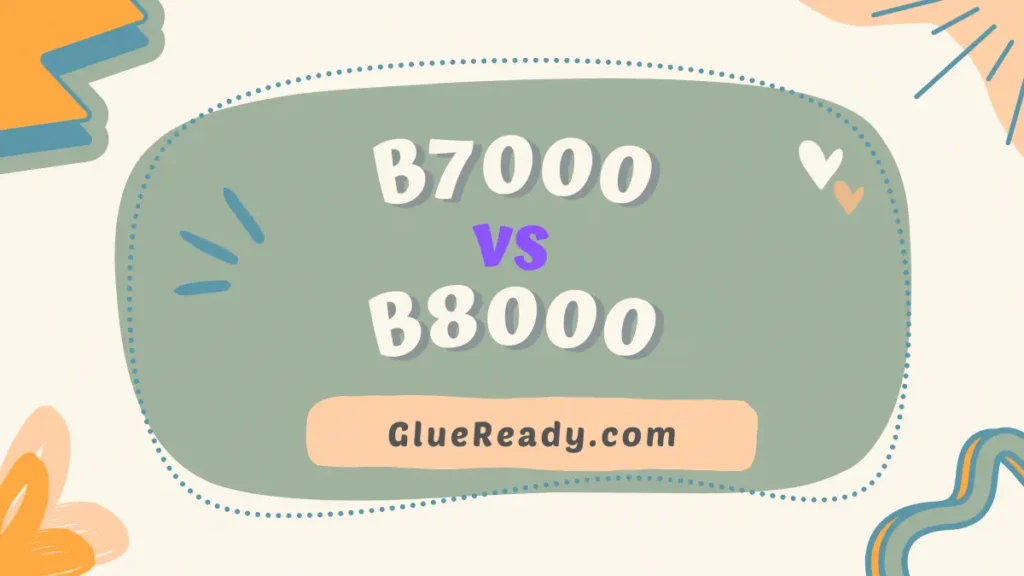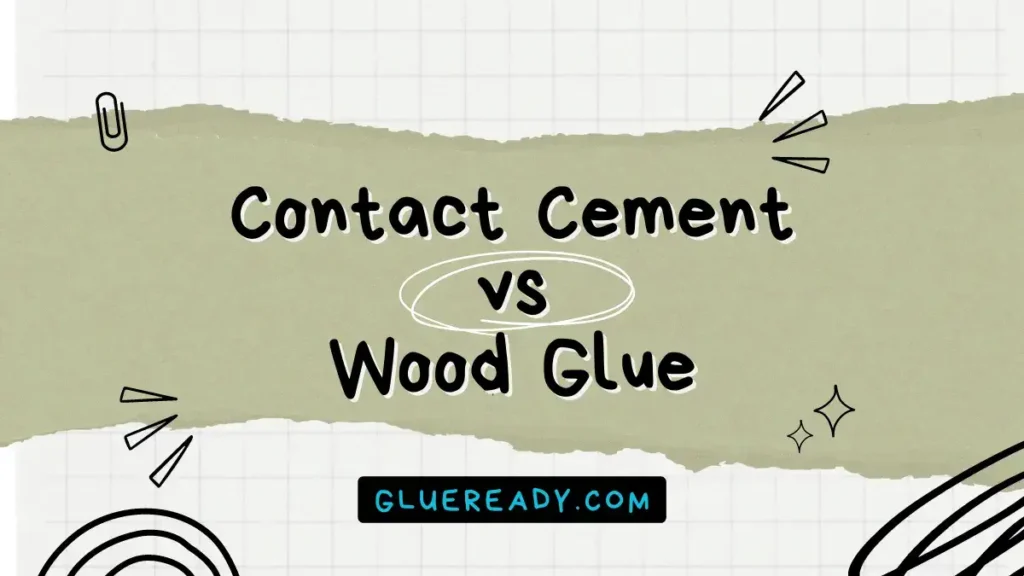E6000 vs B7000 | Detailed Analysis

When searching for reliable and versatile glue for your crafts, repairs, or DIY projects, you might have encountered two popular options: E6000 and B7000.
Both of these adhesives are widely utilized for various purposes, but they also have some distinctions.
There are different purposes for which I like the E6000 and B7000. I use E6000 for outdoor projects that need durability and resistance. I use B7000 for indoor projects that need more flexibility and transparency.
In this article, I will contrast E6000 vs B7000 and assist you in determining which one is more suitable for your needs.
Read More: E6000 vs E7000
About E6000
E6000 is a solvent-based adhesive that provides industrial strength to a range of materials, such as glass, wood, plastic, ceramics, vinyl, metal, rubber, leather, and more.
It is ideal for heavy items or items exposed to extreme temperatures or UV rays. It is also more resistant to water, chemicals, and abrasion than B7000.
E6000 has a clear color and a thick texture. It is also more flexible than the B7000 and can withstand higher temperatures.

Pros and Cons of E6000
Pros
- More resistant to UV rays
- Better for heavy or outdoor items
- More flexible than B7000
- Faster setting and curing time
Cons
- More toxic than B7000
- Less transparent than B7000
- Thicker consistency than B7000
About B7000
B7000 is a single-component epoxy that provides superior adhesion to various non-porous and porous materials, such as metal, rubber, vinyl, glass, fabric, leather, fabric, canvas, and wood.
It is ideal for light items or items that need to bend or move. It can also be used for mobile phone repair as it can bond the screen to the frame.
B7000 is environmentally friendly and transparent in color. It has a runny texture and dries clear.

Pros and Cons of B7000
Pros
- Better for light or indoor items
- Environmentally friendly
- Transparent in color
Cons
- Weaker than E6000
- Less resistant to UV rays
- Slower setting and curing time
E6000 Vs B7000 Glue Comparison
Now that you know what E6000 and B7000 are, let’s see how they compare in different aspects.
Appearance
E6000 and B7000 have different appearances due to their different compositions.
A solvent-based adhesive like E6000 contains a liquid that evaporates as the glue dries. It has a clear color and a thick texture.
B7000 is a single-component epoxy, which means it does not require mixing with another substance to activate. It has a transparent color and a runny texture.
Consistency
E6000 is thicker than B7000, which makes it easier to control and apply to the desired area. However, it also means that it can be harder to spread evenly and cover large surfaces.
B7000 is more runny and drippy than E6000, which makes it easier to spread and cover more space. However, it also means that it can be messier and harder to handle.
Cost
The E6000 is more economical than the B7000. The price of E6000 is below $4 whereas B7000 is around $7, which is nearly double the cost.
Therefore, if you are seeking a moderate bond at a reasonable price, E6000 might be the best choice for you.
Compatible Materials
E6000 can bond to various materials, such as glass, ceramics, plastic, metal, vinyl, wood, leather, rubber, and more.
When it comes to heavy items or things that will be exposed to extreme temperatures or UV rays, this can be a good choice.
B7000 is mostly used for crafts and arts, such as vinyl, fabric, rubber, glass, leather, metal, paper, canvas, and wood.
It can offer superior adhesion and flexibility for light items or items that need to flex or move.
B7000 is also ideal for mobile phone repair as it can bond well with the screen and the frame.
Dry And Curing Time
E6000 dries faster than B7000. It takes about 2 minutes for E6000 to get tacky and 10 minutes to set properly.
It takes about 24 hours for E6000 to cure fully and reach its maximum strength.
B7000 dries slower than E6000. It takes about 36 hours for B7000 to cure fully and reach its optimum strength.
Versatility
Both E6000 and B7000 are multi-purpose glues that can be used on different types of surfaces and projects.
However, they have different advantages and disadvantages depending on the situation.
E6000 is better for outdoor projects or projects that require more strength and resistance.
B7000 is better for indoor projects or projects that require more flexibility and transparency.
Which Glue Should You Choose: E6000 Or B7000?
Your project and preferences will determine the answer. You can bond a variety of materials with the E6000 and B7000 adhesives.
It is important to keep in mind that they have some differences.
You may want to choose E6000 if you’re looking for a stronger, more durable, and UV-resistant glue.
B7000, on the other hand, may be the better choice if you are looking for a more elastic, eco-friendly, and clear glue that can bond light or indoor items.
At the end of the day, it’s your decision. If you want to see which glue suits your needs best, you can try out both types.
Make sure you follow the instructions carefully and use them safely.
Frequently Asked Questions about E6000 and B7000
Will E6000 damage plastic?
E6000 glue will not damage plastic, as it is compatible with most plastics and can bond well with them.
Does E6000 glue harden?
E6000 glue does harden, but it also remains flexible and elastic after curing. It has a shore hardness of up to 80 (Shore A), which means it is not very rigid or brittle.
Is E6000 waterproof?
Yes, E6000 glue is waterproof once it has fully cured. It does not lose its adhesive properties when exposed to moisture, water, or other liquids.
Is B7000 glue strong?
B7000 glue has a high bonding strength of about 18 MPa, but that is not as strong as E6000.
How long does B7000 glue take to dry?
This Glue will set in 6 to 10 minutes and completely dry in 36 hours.
Is B7000 water resistant?
Yes, B7000 glue is 100% water-resistant and suitable for indoor and outdoor use.
Final Thoughts
E6000 and B7000 are both useful glues that can assist you with your projects. However, they have different characteristics that make them more appropriate for different scenarios.
The E6000 is stronger, more durable, quicker drying, and less expensive than the B7000.
B7000 is more elastic, more clear, slower-drying, and more costly than E6000.
You can choose the glue that matches your needs and preferences. This E6000 vs B7000 comparison will guide you to find the best option for your projects.







I’m a big fan of E6000! It’s a great adhesive for a variety of projects.